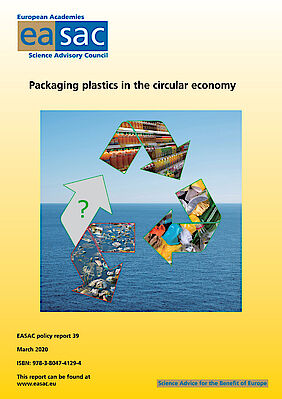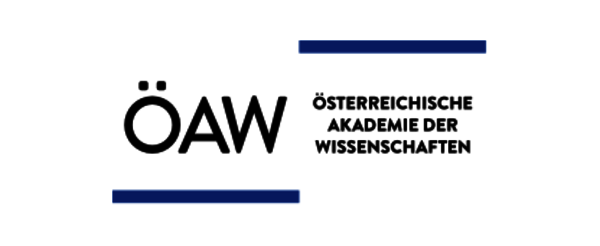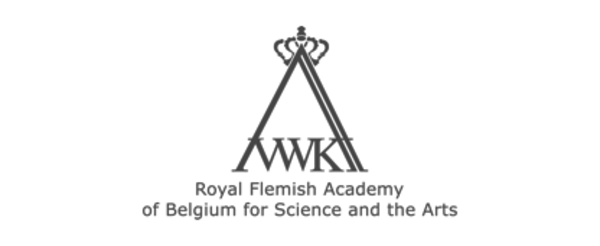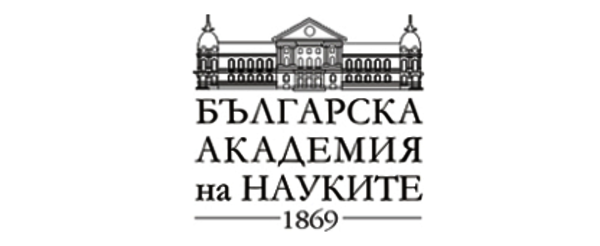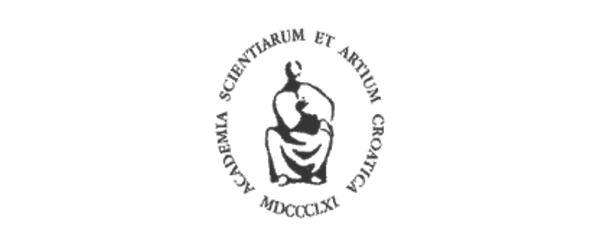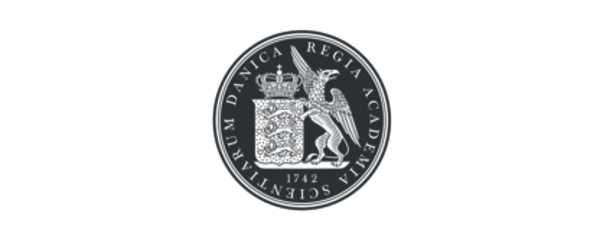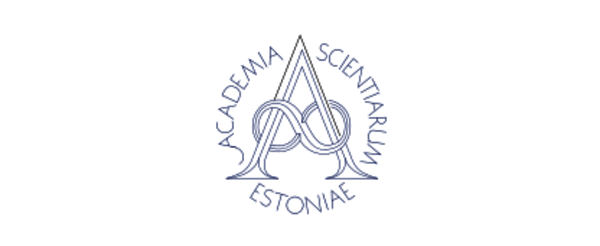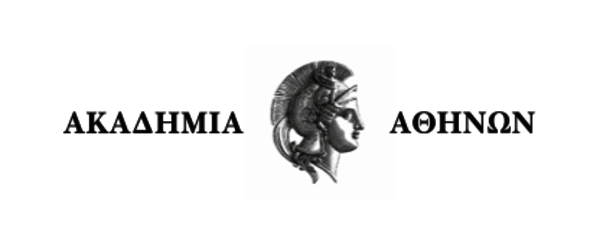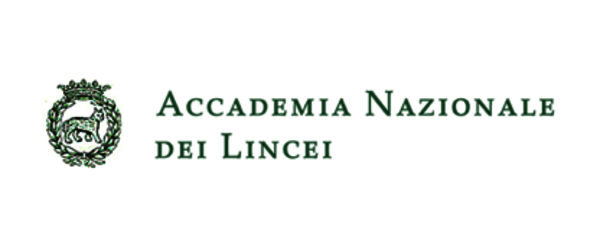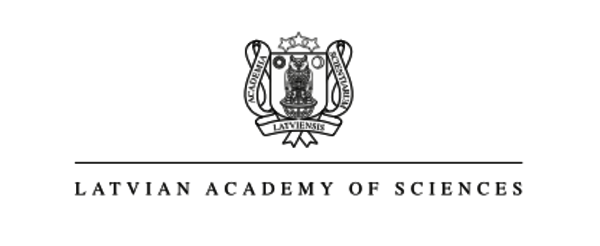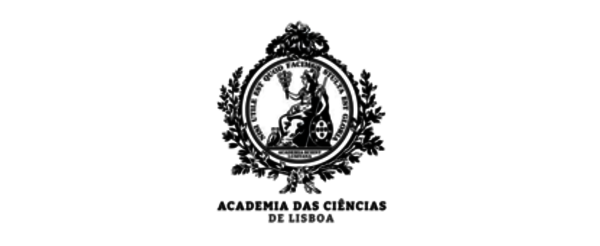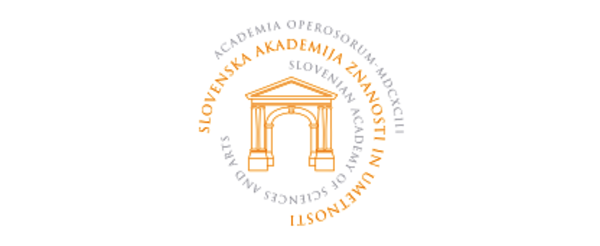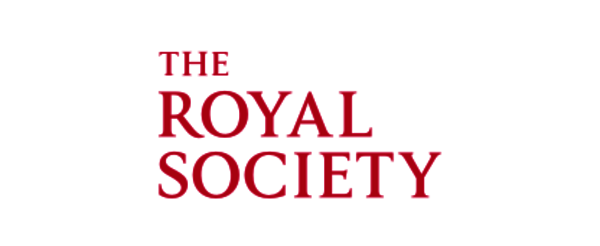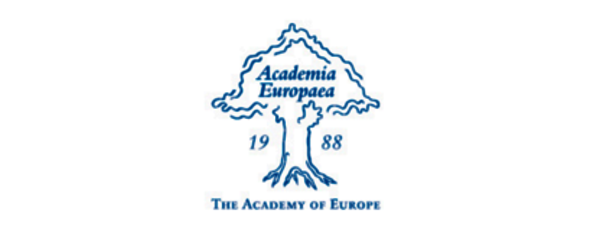Current Projects
Plastics in a Circular Economy
Packaging plastics can offer an almost infinite range of options for manufacturers, both in terms of function and design. Their durability and resistance to degradation means that if they ‘leak’ into the environment, they stay there. Leakage has been increasing rapidly and its detrimental impact, especially on the marine environment, has attracted wide public and political concern. Currently, the amount of plastic entering the environment far exceeds that which is recycled, with large quantities being exported from Europe to low and middle-income countries that do not have appropriate disposal or recycling facilities: this "low-cost option" is wholly unethical and unsustainable.
The EASAC Environment Programme has a tradition of examining different aspects of the circular economy, e.g. in its reports on Indicators and Priorities for Critical Materials. The EASAC report “Packaging Plastics in the Circular Economy”, published in March 2020, reviews the negative consequences of the current linear economy for plastic packaging, the scope for improvement towards a more circular pattern of production and use, and options for increasing recycling rates and reducing leakage into the environment. The scientific issues examined relate to the environmental impact of plastics in the environment, extended producer responsibility, technical issues in recycling, consumer behaviour, the role of bio-based and degradable plastics, and targets for research and innovation.
back to overview
